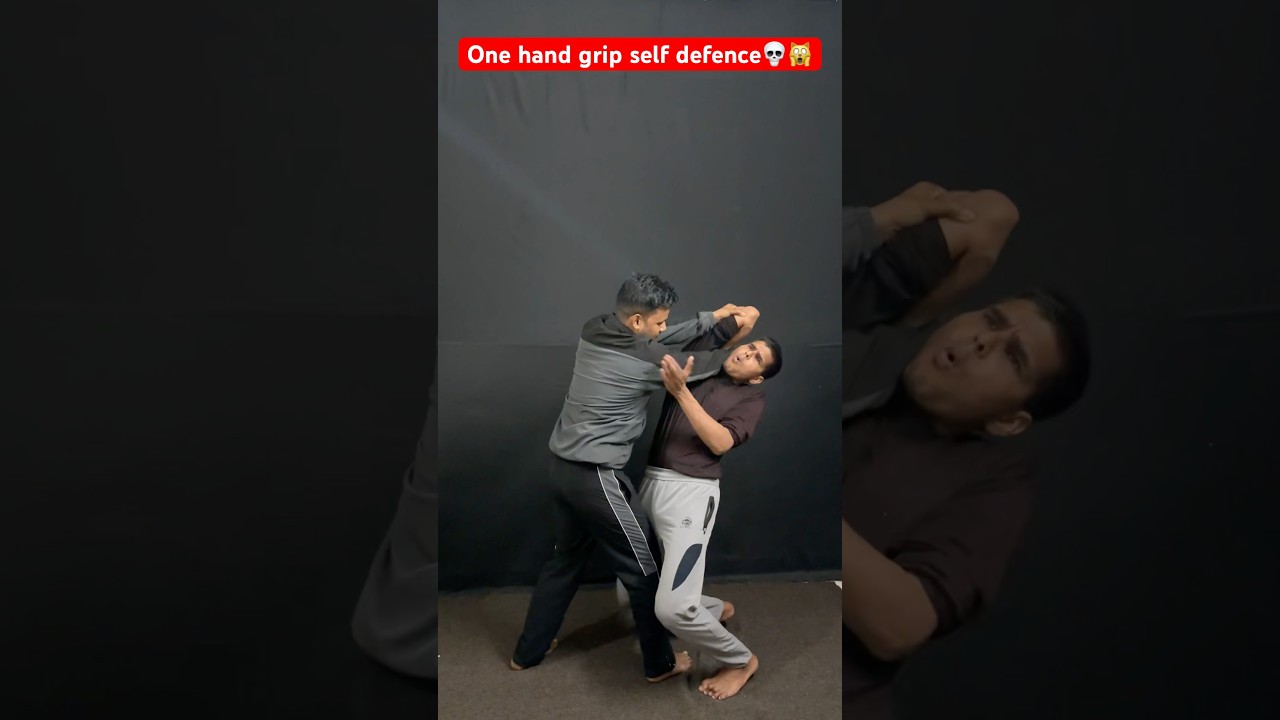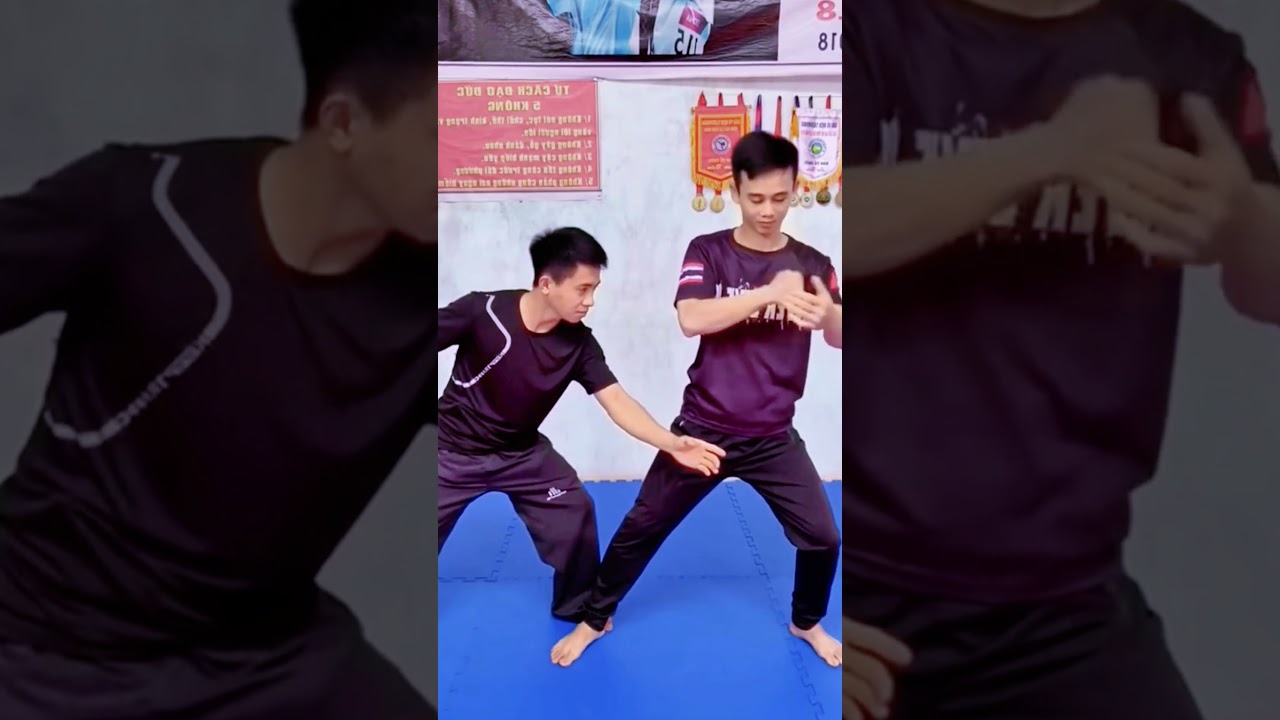Womens Self Defense
Navigating the Gray Area: The Fine Line Between Self-Defense and Excessive Force

In a world where violence and conflict are prevalent, the line between self-defense and excessive force can often become blurred. It is important to understand the distinction between the two in order to navigate the gray area effectively and ensure that one’s actions are justified in the eyes of the law.
Self-defense is a legal term that refers to the use of force to protect oneself from harm or danger. In most jurisdictions, individuals have the right to defend themselves if they reasonably believe that they are facing imminent threat of harm. This can include using physical force, such as hitting or pushing an attacker, or even using a weapon in extreme circumstances.
However, there are limits to self-defense. The use of force must be proportionate to the threat faced, meaning that the level of force used should not exceed what is necessary to protect oneself. For example, if someone is verbally threatening you, it would not be justified to physically assault them in response. Additionally, self-defense must be in response to an immediate threat – if the threat has passed, continuing to use force could be considered excessive.
Excessive force, on the other hand, is the use of force that goes beyond what is necessary to protect oneself. This can include using excessive physical force, such as repeatedly hitting someone who has already been subdued, or using lethal force when non-lethal force would have been sufficient. Excessive force is illegal and can lead to serious consequences, including criminal charges and civil lawsuits.
Navigating the gray area between self-defense and excessive force requires careful consideration of the circumstances and a clear understanding of the law. If you find yourself in a situation where you believe you need to defend yourself, it is important to stay calm and assess the level of threat you are facing. If possible, try to de-escalate the situation and avoid using force unless absolutely necessary.
If you do need to use force to protect yourself, it is important to use only as much force as is necessary to neutralize the threat. This may involve using verbal commands, physical restraint, or, in extreme cases, using a weapon. However, it is crucial to remember that the use of deadly force should be a last resort and only used when there is a genuine threat to your life or the lives of others.
In conclusion, navigating the gray area between self-defense and excessive force requires a clear understanding of the law and a careful assessment of the situation. By staying calm, assessing the level of threat, and using only as much force as is necessary, individuals can protect themselves while avoiding legal trouble. It is important to remember that excessive force is never justified and can have serious consequences. It is always best to seek help from law enforcement or other authorities if you feel you are in danger.
Womens Self Defense
One hand grip self defence techniques#shorts💯☠️🙀#roadfight#short

One hand grip self defence techniques#shorts ☠️ #roadfight#short https://www.youtube.com/@Vipin_Kumar_90 . Related …
source
Womens Self Defense
How State Laws Impact Your Right to Defend Yourself

In the United States, the ability to defend oneself is a fundamental right. However, the extent to which individuals can exercise this right is largely determined by the state laws that govern self-defense. These laws vary significantly from state to state, and understanding them is crucial for anyone interested in protecting themselves in the event of a threat.
One of the key factors that determine the right to self-defense in each state is the concept of stand your ground laws. Stand your ground laws allow individuals to use lethal force in self-defense without having a duty to retreat first. In states with stand your ground laws, individuals have the right to defend themselves with force if they reasonably believe that they are in imminent danger of death or serious bodily harm. However, some states impose limitations on the use of deadly force, such as requiring individuals to first attempt to retreat before resorting to self-defense.
Another important consideration in determining the right to self-defense is the Castle Doctrine. The Castle Doctrine allows individuals to defend themselves in their homes, vehicles, or other places where they have a legal right to be, without a duty to retreat. This doctrine is based on the idea that individuals have a right to feel safe and secure in their own spaces and should be able to protect themselves without fear of legal repercussions.
Additionally, some states have specific laws governing the use of force in defense of others. In these states, individuals may be able to use lethal force to defend another person if they believe that person is in danger of serious harm or death. However, the laws surrounding defense of others can be complex and vary widely from state to state, so it is important to familiarize oneself with the laws in their specific state.
It is also worth noting that state laws on self-defense can affect the legal consequences of using force in self-defense. In some states, individuals who use force in self-defense may be immune from civil liability or criminal prosecution, while in others, individuals may still face legal repercussions even if they were acting in self-defense. Understanding the laws in your state can help you make informed decisions and protect yourself effectively in dangerous situations.
In conclusion, state laws play a crucial role in determining the extent to which individuals can exercise their right to self-defense. It is important to familiarize yourself with the laws in your specific state to understand your rights and obligations when it comes to protecting yourself and others. By being informed and prepared, you can effectively defend yourself in dangerous situations and ensure your safety and security.
Womens Self Defense
[02] Women’s self-defense techniques when their arms are pulled #shorts #kravmanga #vothuat

You are walking and a stranger grabs your hand and pulls you, here is a simple and effective self-defense technique. With a deep …
source
-

 Womens Self Defense9 months ago
Womens Self Defense9 months agoNew Legislation Empowers Women to Defend Themselves
-

 Self Defense News1 year ago
Self Defense News1 year agoShe was convicted of killing her abusive boyfriend. Now a Maple Grove woman is home awaiting a new trial.
-

 Self Defense News1 year ago
Self Defense News1 year agoSelf-Defense for All: The new Gracie Jiu-Jitsu Pasadena is for everyone | Online Features
-

 Womens Fitness1 year ago
Womens Fitness1 year agoXtreme Bodyweight HIIT (Lots of Jumping!) | Joanna Soh (Fio Series)
-

 Womens Self Defense1 year ago
Womens Self Defense1 year agoTop 5 Self-Defense Techniques Every Woman Should Know
-

 Womens Self Defense6 months ago
Womens Self Defense6 months agoUnderstanding State-by-State Variation in Self Defense Laws
-

 Self Defense News1 year ago
Self Defense News1 year agoBRPD offering free self-defense classes for women
-

 Womens Preparedness1 year ago
Womens Preparedness1 year ago10 essential skills for surviving in the great outdoors



